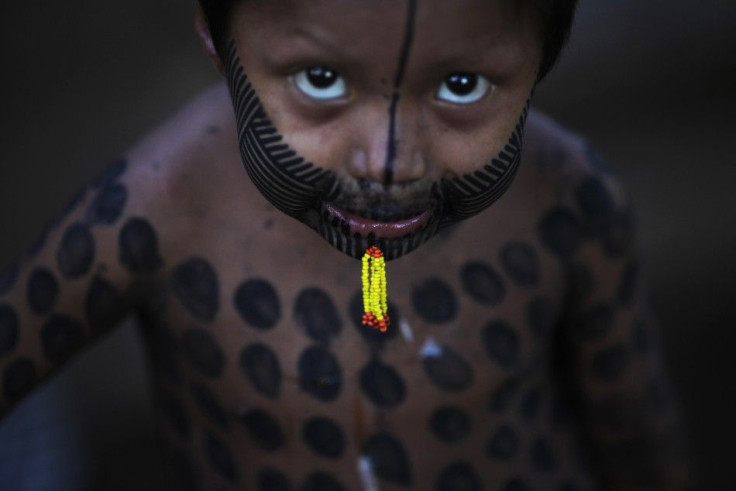Celebrate 17th Annual UN International Day of the World's Indigenous People on August 9th

The world is slowly becoming flat. Globalization is seeping into the far reaches of the earth. More cultures are beginning to look, speak and act the same, effectively wiping out thousands of years of independent development. While the meeting of minds and cultures is not all bad, there is something to be said for those groups who have managed to escape the steamroller of the west and hold tight to their traditions and ways of life- for now.
The United Nations has named August 9th the International Day of the World's Indigenous People. This day celebrates and highlights the over 370 million self-identified indigenous people, tribes and communities living in some 70 countries in the world today, each with their own distinct language and culture. The day is a chance to recognize and appreciate the indigenous peoples' rite to survival and self-determination - to recognize that they are not here to be 'civilized' or 'westernized' but to contribute to the amazing diversity of the world.
The International Day of the World's Indigenous People was started in 1994 to celebrate the first International Decade of the World's Indigenous People (1995 - 2004). The goal of the First Decade was to strengthen international cooperation for solving problems faced by indigenous people in such areas as human rights, the environment, development, education and health.
In 2004, the UN proclaimed a Second International Decade, from 2005 - 2015; the theme of this decade is "A Decade for Action and Dignity," using programs and projects to increase technical assistance and relevant standard-setting activities.
This year's Indigenous People Day focuses on "Indigenous designs: celebrating stories and cultures, crafting our own future." This year's event will highlight the rich history of indigenous art, the role it has played in modern design and the challenges faced to keep up production.
Through modern development and encroachment onto their land, indigenous peoples' resources have been destroyed or compromised by deforestation, mining, irrigation projects and road construction. Many people have also suffered assimilation, forced to give up their culture, religion or language. This has placed them somewhere between modern and traditional society, marginalized on the outskirts of both worlds.
This year's theme aims to highlight the need for preservation of indigenous land and culture, including their art and intellectual property. Through their art, people can begin to realize the significance of their stories and customs. It also focuses on the history of companies and developers who have stolen intellectual property from Indigenous peoples for advancements in agriculture, medicine, science, art and design.
Event organizers hope to reminds us, as consumers, to consider where our products come from.
People all around the world are encouraged to observe August 9 by attending educational talks or forums, watching a film about Indigenous people, visiting a museum or reading an anthropological text about any of the 5,000 distinct communities in the world today. Organizers urge citizens of the world to educate themselves and listen to the indigenous people's concerns, rites and ideas for revitalizing their culture.
To celebrate, the UN will be hosting an event at their headquarters in New York on August 9 organized by the Secretariat of the Permanent Forum on Indigenous Issues DSDP/DESA, the United Nations Department of Public Information, and the NGO Committee on the Decade of the World's Indigenous Peoples.
The opening ceremony will feature indigenous speakers, including Roberto Múcaro Borrero, President of the United Confederation of Taíno People (Puerto Rico) and Kevin Tarrent (Ho Chunk/Hopi). There will be a panel discussion entitled "Indigenous designs: celebrating stories and cultures, crafting our own future," to focus on protecting indigenous arts and crafts as well as intellectual property rights.
There will also be a screening of the film "Harmony of Culture and Nature" that showcases an indigenous community adapting to a modern society while preserving their traditions, culture and environment. Four additional films, made by indigenous peoples from Brazil, Sweden, Puerto Rico and Alaska, will also be shown to celebrate indigenous film making.
For some cool facts about Indigenous people around the world, check out http://www.survivalinternational.org/news/7563
You can also help to preserve these communities and cultures by donating to organizations such as UNESCO and Native Planet.
© Copyright IBTimes 2024. All rights reserved.





















